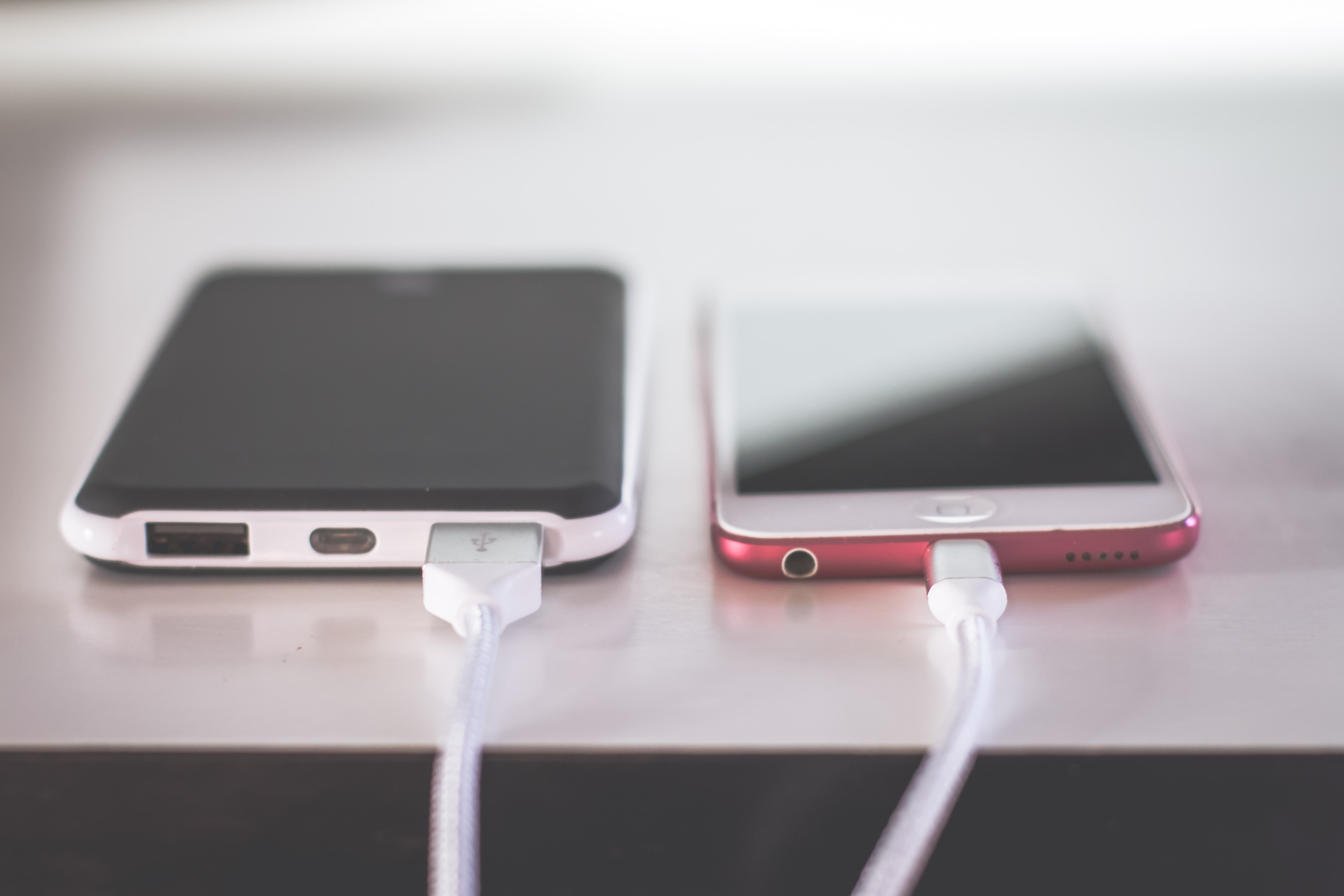Media release
From: Springer NatureElectronics: Wireless power scales up
A method to wirelessly power small electronic devices anywhere in a room is revealed in a paper published in Nature Electronics. The approach could potentially be used to create small charging cabinets, wireless charging rooms, or even has the potential to be scaled up to create untethered factories in which equipment is powered without cables.
Wireless power transfer technology can already be used to charge small electrical items, such as smartphones and electric toothbrushes. However, current systems require these devices to be stationary and kept within a few centimetres of their charging mats or docks.
Takuya Sasatani and colleagues have developed a method of turning a room into a wireless power transfer system that uses multidirectional, distributed currents on conductive surfaces that are built into the walls. The technique — termed multimode quasistatic cavity resonance — generates three-dimensional magnetic field patterns throughout the entire room (3 m × 3 m × 2 m) that can efficiently couple to small coil receivers attached to electrical devices such as smartphones, lightbulbs and fans. The coil receivers need to be aligned at right angles to the magnetic field to achieve maximum efficiency, however, power delivery efficiency exceeding 37.1% is still achievable anywhere in the room and also while a device is in motion. The authors suggest that this method provides greater flexibility over previous approaches, for example existing coil-based transmitters. Sasatani and co-authors also investigated the safety of their system — in particular how much power is potentially absorbed by biological tissues during operation — and find that their results fall well within guidelines set out by the Federal Communications Commission and the Institute of Electrical and Electronics Engineers.
The authors expect that this safe demonstration of room-scale wireless power transfer could have wide-ranging applications in the provision of power to electronic devices used in both industrial and personal living spaces.


